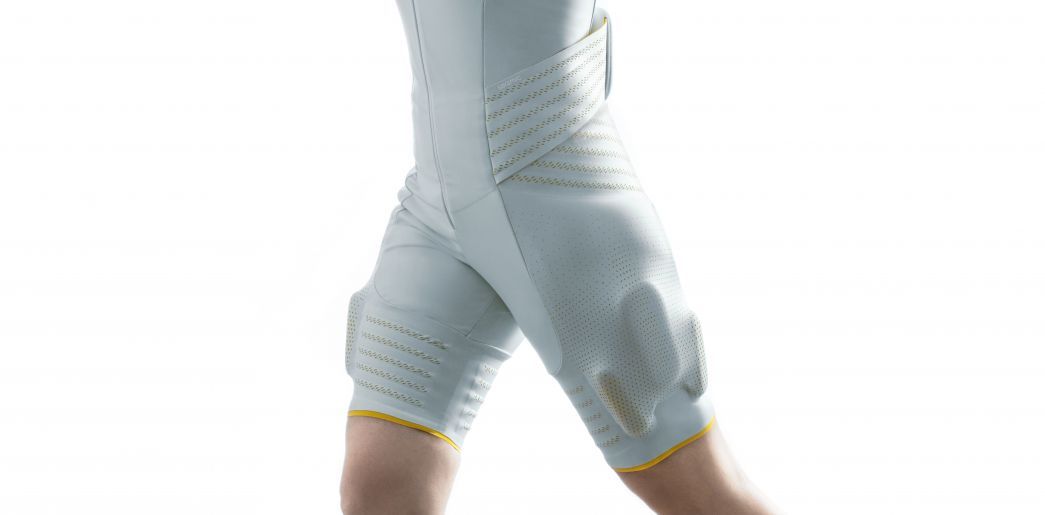AWARD YEAR
2017
CATEGORY
Body
GOALS
Good Health & Well-being
KEYWORDS
skin cancer , healthcare, algorithm
COUNTRY
United States of America
DESIGNED BY
Stanford University
WEBSITE
http://news.stanford.edu/2017/01/25/artificial-intelligence-used-identify-skin-cancer/
Skin cancer detection algorithm
An 'automated dermatologist' that detects skin cancer with expert accuracy
Every year there are about 5.4 million new cases of skin cancer in the United States.
Universal access to health care was on the minds of computer scientists at Stanford when they set out to create an artificially intelligent diagnosis algorithm for skin cancer.
Bringing this algorithm into the examination process follows a trend in computing that combines visual processing with deep learning, a type of artificial intelligence modeled after neural networks in the brain. Deep learning has a decades-long history in computer science but it only recently has been applied to visual processing tasks, with great success. The essence of machine learning, including deep learning, is that a computer is trained to figure out a problem rather than having the answers programmed into it. The algorithm was fed each image as raw pixels with an associated disease label. Compared to other methods for training algorithms, this one requires very little processing or sorting of the images.





